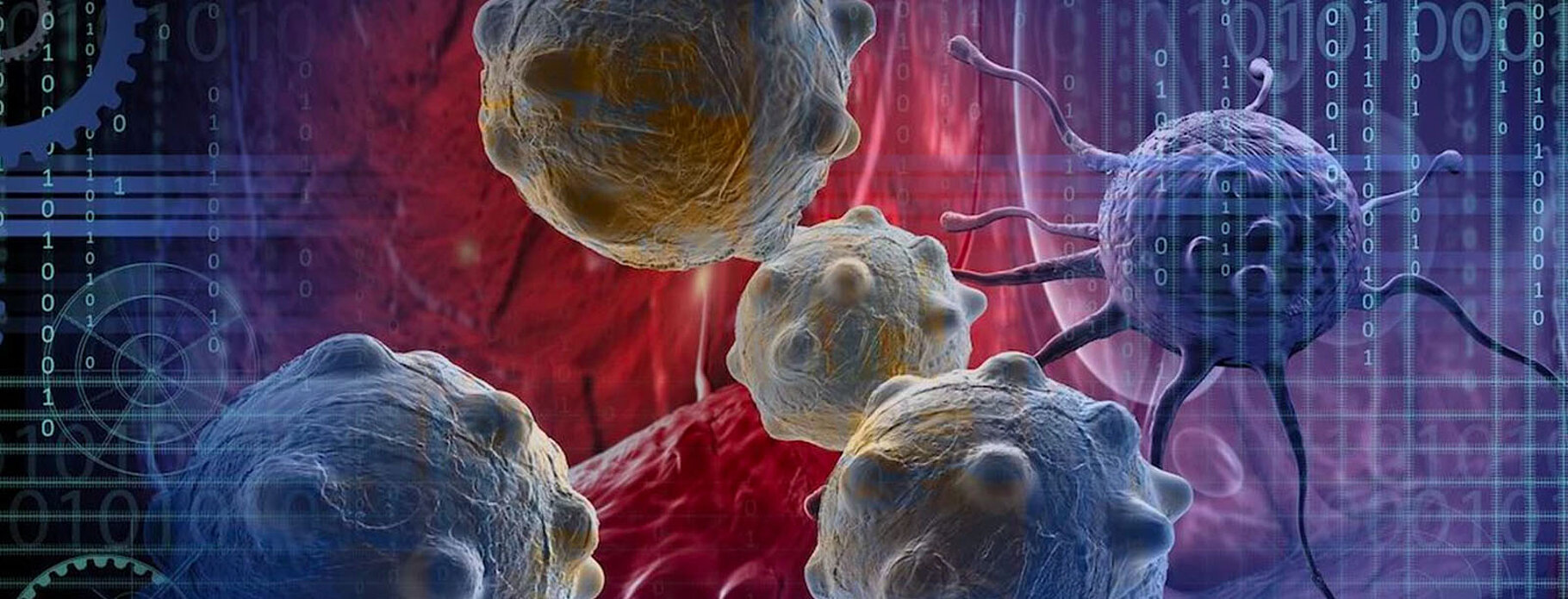
Structural and functional basis of chromatin remodelling
Structural and functional basis of chromatin remodelling
In eukaryotes, DNA is made to fit inside the cell nucleus through a high degree of compaction that is enabled by assembly into chromatin.
Processes such as DNA damage repair and transcription require localized changes in chromatin compaction. Cells have multiple molecular strategies to control this. In one, multi-protein chromatin remodelling complexes use the energy from ATP hydrolysis to alter DNA compaction. Among them, the mSWI/SNF complex is of special interest because several subunits, including components of yet unknown function are coded by genes mutated or mis-expressed in many forms of cancer.
The impact of these cancer-associated mutations on mSWI/SNF assembly and function, and on the cancerous phenotype, is mostly unknown.
By combining cryo-electron microscopy, x-ray crystallography, molecular biology and biochemistry we will gain understanding of this complex at the molecular and atomic level. Our expectation is that such information will contribute to the development of future therapeutic agents against cancer and other human diseases.
Members
Researchers
Job offers
News
![[Translate to English:] [Translate to English:]](/fileadmin/_processed_/6/a/csm_Frank_publi_3_2d4ce86ea1.jpg)
Congratulations to Franck MARTIN on the acceptance of his thesis!
His work, supervised by Elisa BERGAMIN, is titled: Structural and Functional Studies of the Chromatin Remodeling Complex Mammalian SWI/SNF. …
Read more
Publications
2025
Article in a journal
Structure of the nucleosome-bound human BCL7A
- Franck Martin
- Asgar Abbas Kazrani
- Julie Lafouge
- Dana Mariel Diaz Jimenez
- Stéphanie Siebert
- Leonie Fabbro-Burtschell
- Emma Maillard
- Karine Lapouge
- Haydyn David Thomas Mertens
- Claude Sauter
- Alexander Leitner
- Francoise Ochsenbein
- Alexandre Blais
- Elisa Bergamin
Nucleic Acids Research ; Volume: 53
